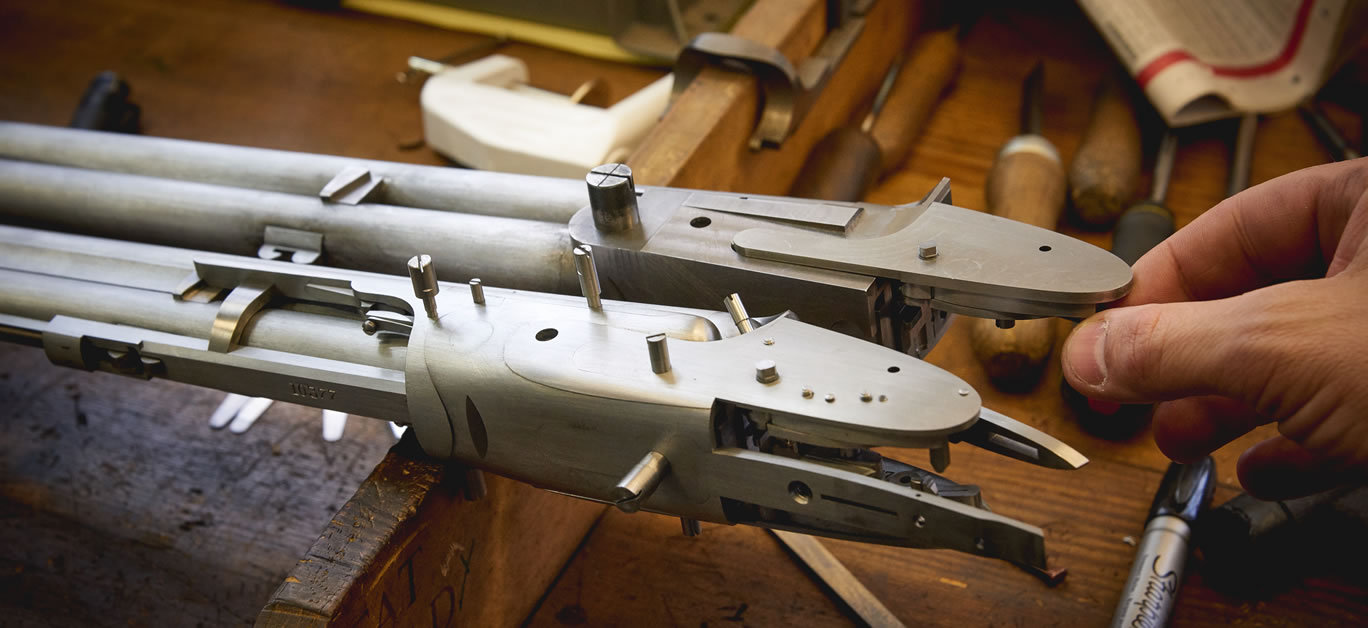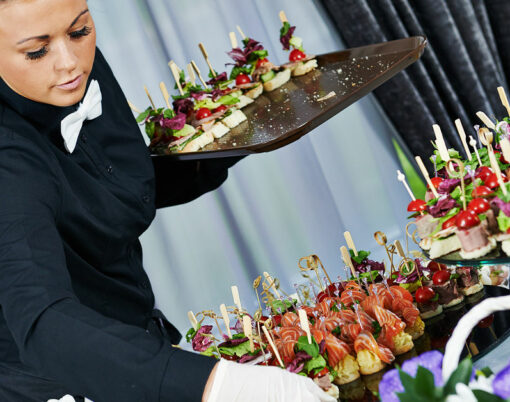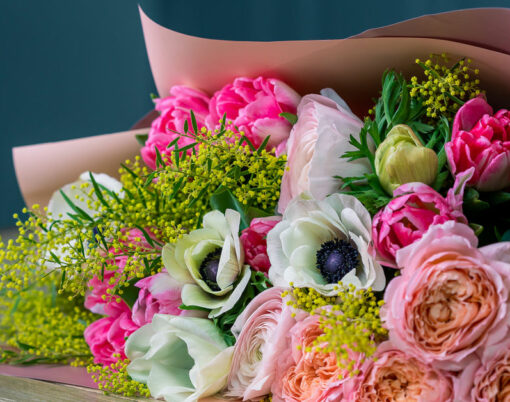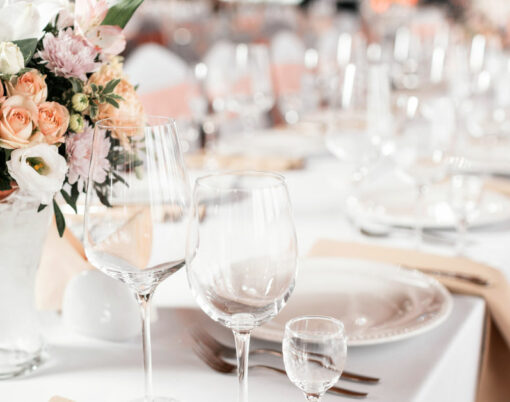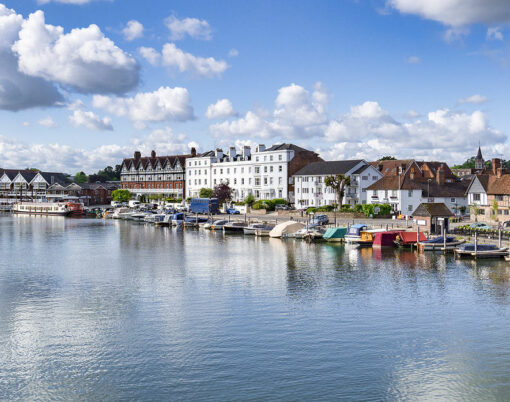Handmade guns, the epitome of bespoke high-end fieldsports, are becoming obsolete. Cost, speed and profit is to blame but is Boss and Co the saviour of one of the UKs oldest traditions? Paul Garlick takes a detailed look.
In a luxury world handmade is considered to be the best, be it cars, watches or tailoring, an item made by hand has value, soul, and care embedded within it. Handmade construction creates items of the highest quality, made specifically for the buyer to their exacting requirements. The costs for such items are higher, as the skilled labour to create them is hard to find and the manhours needed to complete are vast, but many are happy to pay the price for perfection.
Nowadays, handmade is a dying art across many industries thanks to streamlining, increased performance, the falling cost of modern machinery, a desire to sell more product and a wish to become more profitable. More and more, machining is used in the production of goods once thought of as handmade. We may not be told that this is the case at the time of purchase, but it is happening. Fast.
A sector that once reliant upon skilled labour to create a top-quality handmade product is gunmaking. It is a little-known fact that the UK, and London in particular, produces the world’s finest sporting guns and that Great Britain is famous around the world as the place to buy the finest shotguns and double rifles. In the early 1900s the UK had hundreds of gunmakers, sadly now only a handful remain, and those numbers are falling faster than an airborne grouse on shoot day.
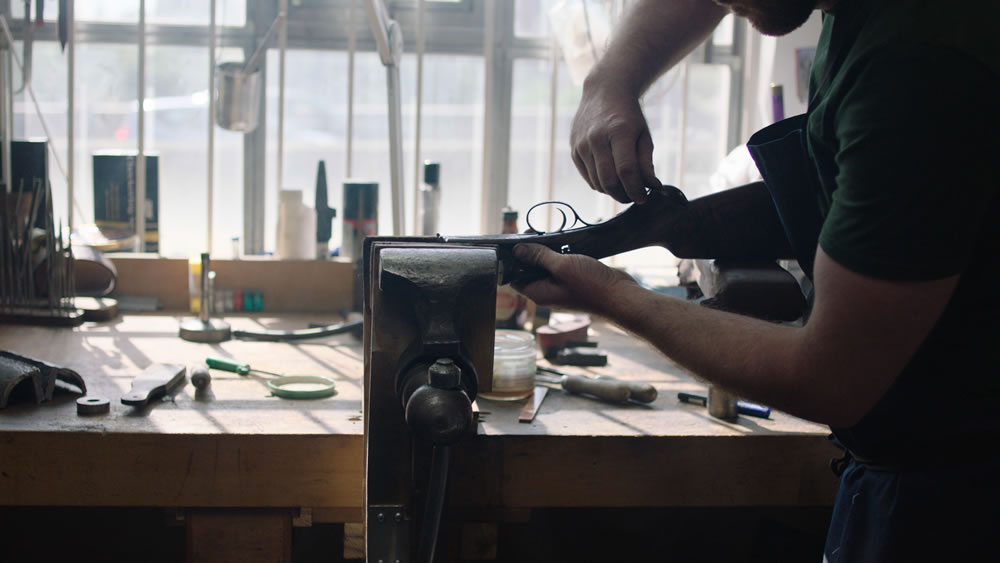
Taking a walk around the streets of London in the late 1920s would have seen many gunmakers, with fully-stocked shops to busy factories and test centres to component makers aplenty along the way. Of course, in these times it was essential for a gentleman, and many a lady, to own a sporting gun, and before that perhaps a set of duelling pistols. Today guns are less commonplace, but the market for high quality sporting guns remains strong and country sports has a global following.
A best gun will cost upwards of £100,000, representing the very finest money can buy, and to be classed as a best gun it has to be handmade, anything less would be classed as second grade. The range of bespoke options are almost infinite and the precision of shot unsurpassed. Order a gun of this type today and you’ll need to be prepared for a wait of some years, bear in mind that most guns are ordered in pairs and you’ll also need to double your budget.
In Europe there are many specialist training schemes for gunmakers, as there are for watchmakers and tailors, but here in the UK we don’t have the same luxury. An incredible omission when you consider our illustrious history within the industry. As skilled workers retire, or pass away, their skills are lost with them. Once that knowledge is gone, there may be little choice but to move to machine to replace the human to do the same job. Some might call that evolution, but it’s a sad loss of a great part of our heritage.
Less than 100 years ago gunmaking was a thriving industry, and while Britain continues to make the finest guns in the world, we are in danger of losing our craft and with that dies a world-wide reputation for being the best. But is it too late to revive? Who is to blame for the loss of handmade gunmaking, and why doesn’t anyone seem to care? Not all gunmakers will embrace technology purely to make more guns or to reduce costs, but the numbers who remain committed to tradition may surprise you.
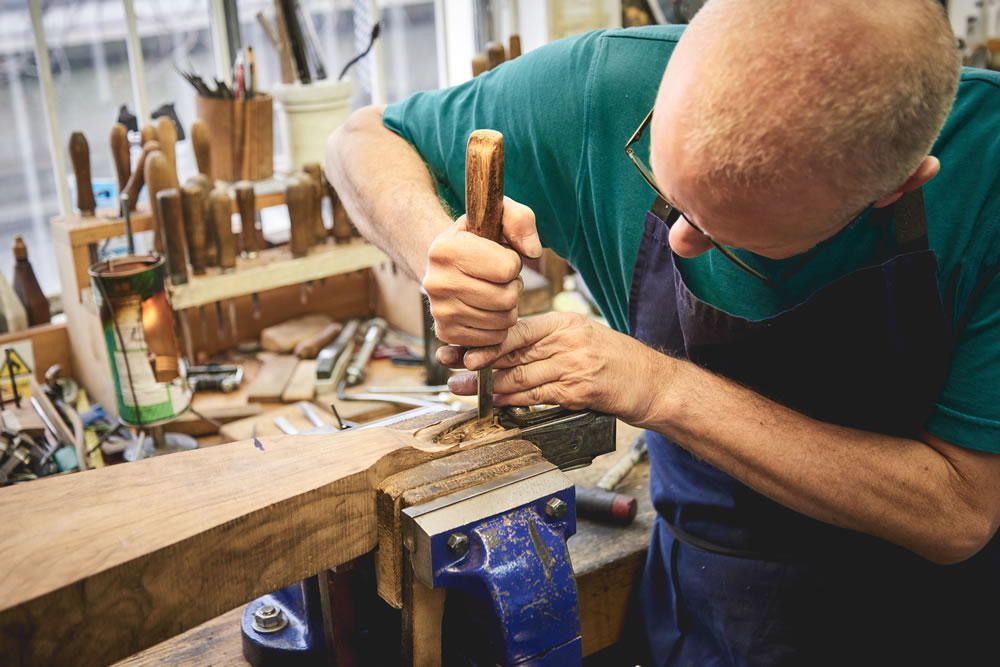
Few names are associated with high end gunmaking, the likes of Purdey and Holland and Holland are probably the most quoted. Both brands have been owned by luxury conglomerates for some time, and they also manufacture fashion and accessories in addition to guns. While handmade guns are available from both brands, they also produce second grade, machine made guns too. Can a part machine-made gun still be classed as handmade? The answer is no, but how many buyers are aware of the way in which their sold-as-handmade item was constructed?
Both Holland and Purdey form part of, what is known as, the holy trinity of gunmakers, three London gun factories regarded as the best in the world. The first part of the trinity is the oldest, called Boss and Co, who established in 1812. Boss continues to make guns, by hand, from its London gun factory in the same way they have always done and, incredibly for a company with such a long history, it has always remained in private ownership throughout, remaining a stalwart of tradition and heritage.
Their strapline is ‘Builders of Best Guns Only’ and they are the last of the truly handmade gunmakers in the UK, relying on hand and eye to create each gun in a process that takes some 1600+ number of manhours. An excerpt from a Boss sales brochure published in the 1920s captures their ethos perfectly.
It reads: “We would say from the outset that we make only one grade of gun and have never placed a second quality make upon the market. This policy has enabled us to retain the services of the finest workmen in London, and to give them continuous employment. The advantages attending the production of best work only are manifold. There is no opportunity for the work of inferior men to be utilised in the economy of the workshop, which is frequently the case when more than one class of weapon is produced.
“The owner of a Boss gun has the satisfaction of knowing that he has the best gun that money can buy, and that no-one has a better. The Boss gun has, therefore, always a standard value, whether new or second hand. Our output is limited strictly according to the amount of first class labour available.”
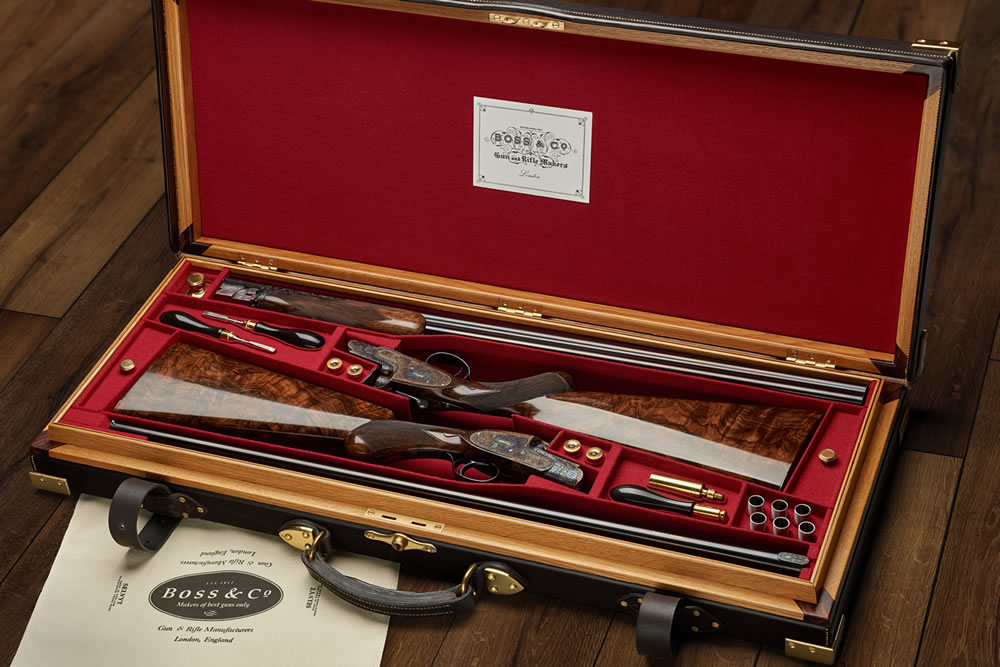
A visit to the Boss factory, they do not have a store, is like taking a step back in time. Benches are filled with hand tools and paraffin flames for ‘smoke blacking’ to check fitment tolerances. Metal is being hammered and filed with care. Fine wood is hand shaped by eye using chalk lines as a guide. Chequering is carved, perfectly straight, by hand with a small sharp tool. While many guns are in-build, each will take years to complete, the patience required for each task unimaginable.
What’s different about this gun factory is the amount of young faces. Each seasoned worker has an apprentice alongside them learning to be the next master craftsman. Traditional methods are used, heritage is foremost respected and a passion for the subject is apparent within each worker. The fact these traditions are being shared, ready for the next generation to carry the baton for several more decades, is commendable.
Not only is Boss bringing along the next generation of gunmakers, the owner, Arthur DeMoulas – a lifelong Boss collector and experienced shooter, is also protecting supply chains of key materials to ensure supply lasts as long as the new apprentices he now employs. In addition, he is steadfast on his belief that a best gun is a handmade gun, and that Boss has to pay respect to the gunmakers who made a London gun so revered. To lose the tradition of handmade would be a sad chapter in gunmaking history and to the forefathers of the London gun trade.
London will never again experience the gunmaking buzz of the 1920s, certainly it will never see as many gunmakers within the city, but 100 years later London remains the go-to for those who want to buy best guns. One day we will look back to a time when handmade stood for something, but today we can all celebrate that Boss and Co will build handmade guns for decades to come, long after all others have dropped man for machine. It’s very apparent that Boss and Co really are Builders of Best Guns Only.












